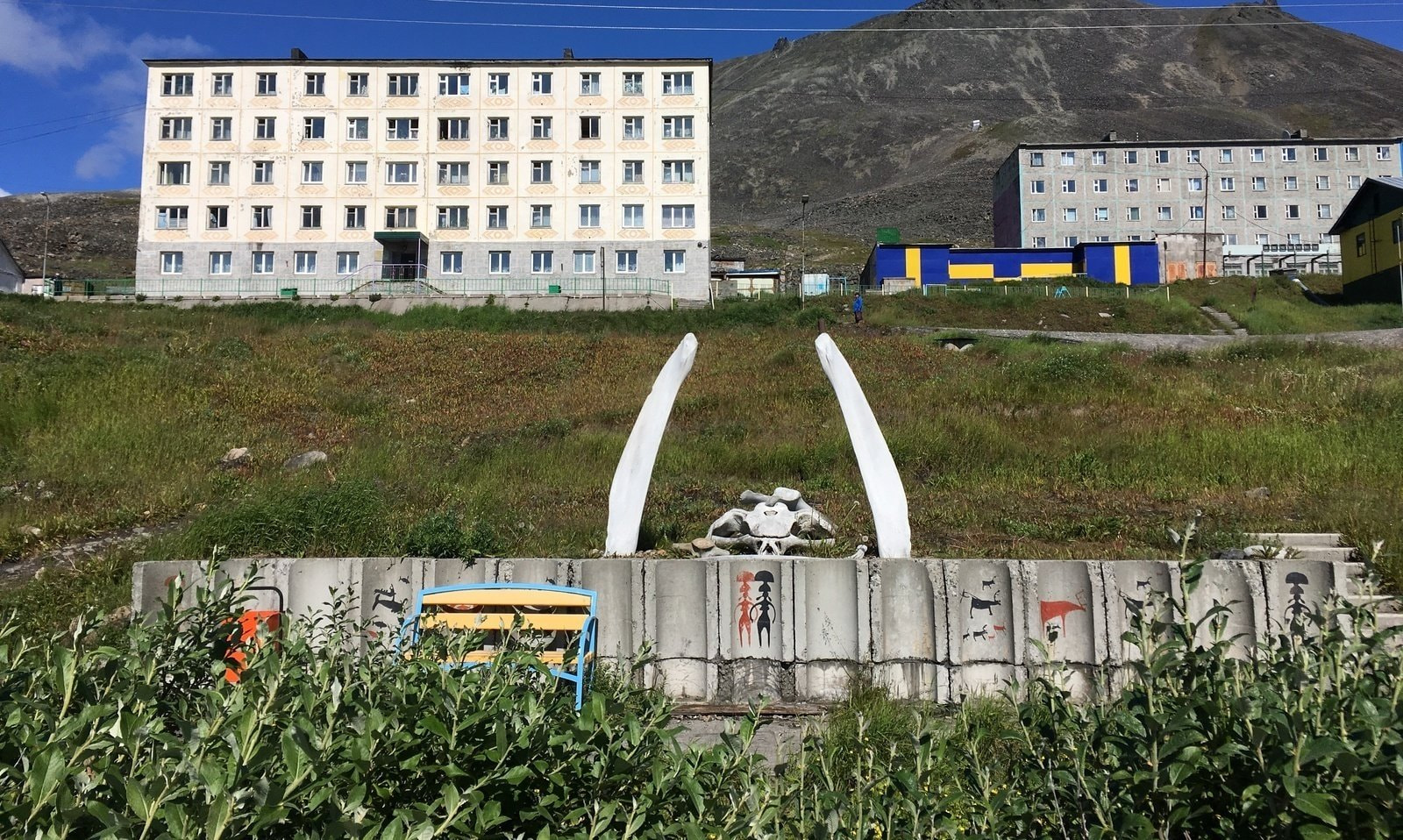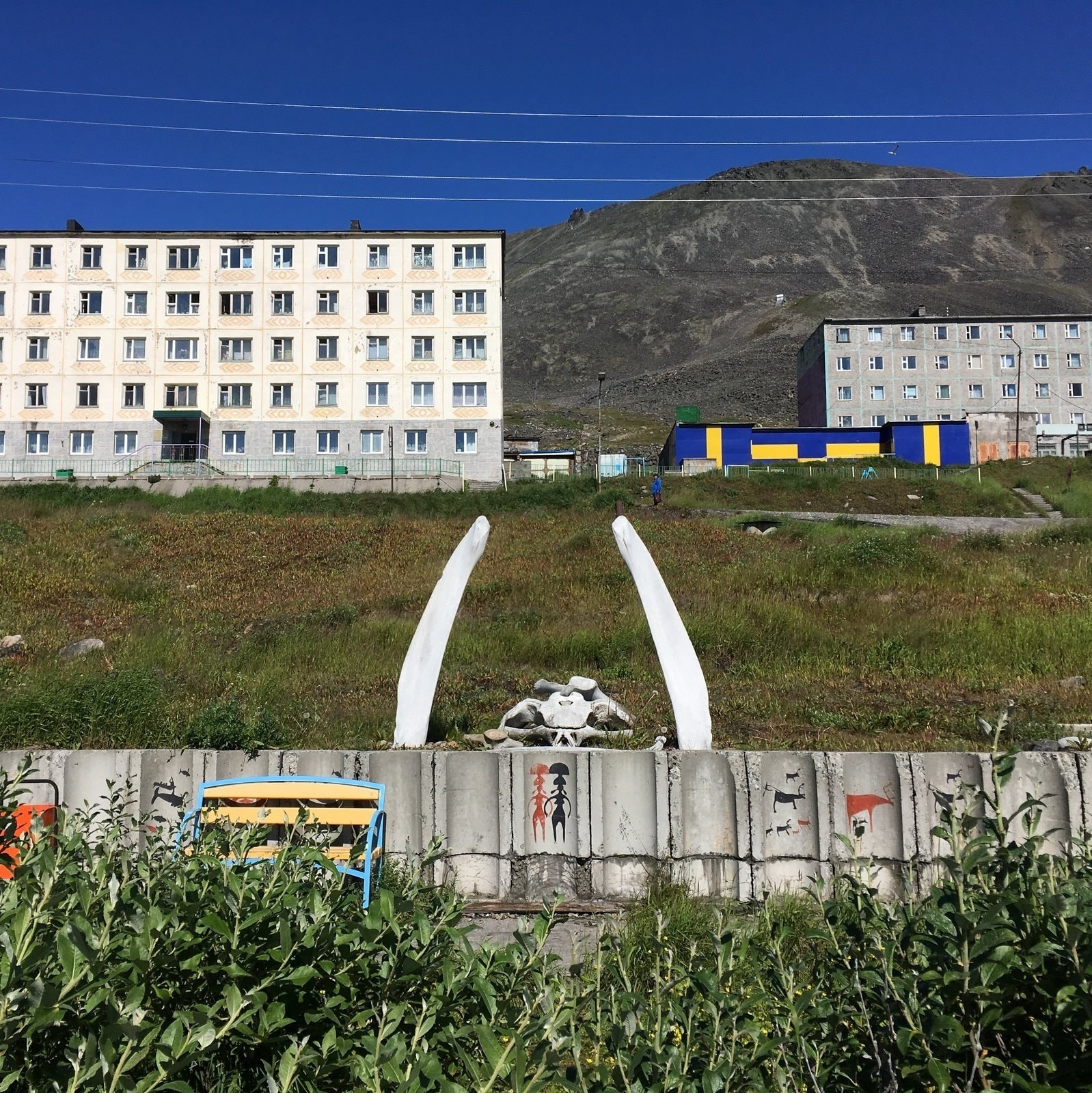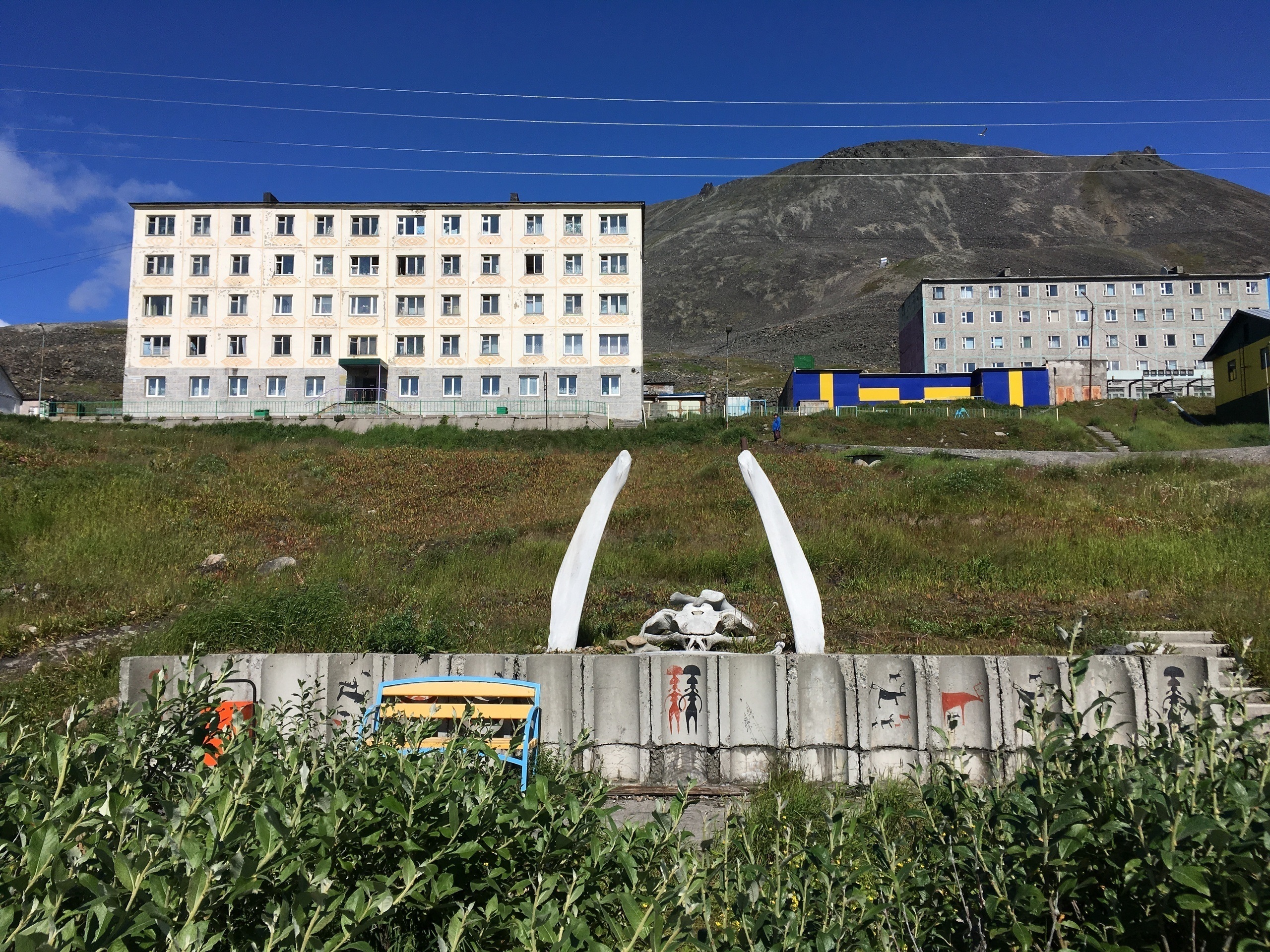Within official Soviet and post-Soviet historical narratives, the history of Soviet Chukotka is, like most histories of the (post-)Soviet north, a history of a “cultivated” and colonized territory. Forced relocation programs and the introduction of Soviet boarding schools in the northern territories led to the loss of several languages, the destruction of traditional economic and social ties among the local population, and a transformation of their relationship with space and their everyday geography.
Even contemporary Russian media and museum representations of Chukotka are dominated by the narrative of its Sovietization, while the local histories of its inhabitants can barely find platform for representation. Chukotka’s local history museums continue to reproduce the story of the “cultivation” of its territories by the Soviet state, almost completely ignoring the pre-Soviet era.
The project aims to study the spectrum of local perspectives on the Soviet era in the history of Chukotka and create a space for the indigenous people of Chukotka to present their narrative in textual, visual, and material formats. Project participants (the inhabitants of the village of Lavrentiya) will construct their own representations and thus create a situation of artistic and performative rethinking of local history to balance the official version. The performative and visual aspects of the project comprise several parts. The first is a series of performative actions, in which the people of Lavrentiya will have an opportunity to present their own historical narrative, including through their selections of objects of (post-)Soviet material culture.
The second part is a series of performances, in which invited participants (a historian, a museum curator, and a member of the Chukotka diaspora) will assemble local history museum display cases using artifacts offered to them, to the sound of a voice telling an alternative history of Chukotka. The artifacts (30–35 objects) will be selected by the author of the project and will reflect the selection principles behind Soviet local history museums (skis as a symbol of Russian expeditions and endurance; a red flag with a portrait of Lenin as a symbol of Sovietization; stuffed bears and arctic foxes; landscape paintings, etc.). All of the performances will be recorded and edited into an exhibition video. All of the displays will be documented using large format photographs.
As a result, a visual narrative will be created consisting of excerpts from audio and video interviews with local people, photographs, and texts on the forced Soviet relocation of the Chukchi people (the materials will be presented on a specially created website or on a digital storytelling platform).


